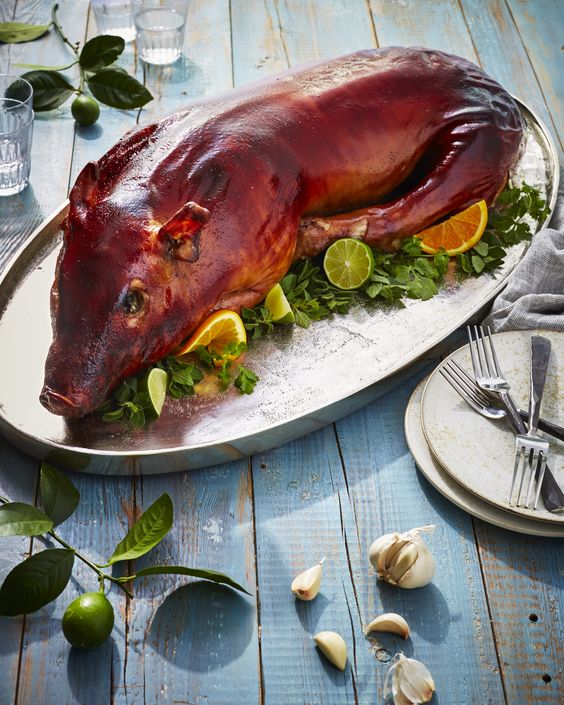Polenta

Centuries ago, a rich tale surrounding the origins of a traditional dish in Italy was born. This warm, comforting meal is crafted with coarsely ground yellow cornmeal, water, and a touch of salt, if desired. Throughout the ages, it has nourished the people of Northern Italy, and now its delectable flavors and adaptability have become beloved in other corners of Europe and the Americas, captivating all with its nutrients. Truly, polenta is a treasured masterpiece cherished worldwide.
Traditional polenta pots are made from copper, a once inexpensive metal. The finest are hand-crafted and hammers
When corn was brought to Europe from the New World in the past, polenta's history can be traced back to that time. In the sixteenth century, traders and explorers carried corn, sometimes known as maize, from Central America to Europe. Many Europeans once believed that corn was best suited for use as animal feed and did not recommend it for human consumption. However, corn became a staple food in Northern Italy, particularly in the provinces of Lombardy, Piedmont, and Veneto. These areas were perfect for cultivating maize due to their temperate climate and rich soil, and the locals came up with creative ways to prepare it. The maize was first ground into a rough flour called semolina or farina.
Polenta quickly became a staple food for the lower classes in Northern Italy due to its affordability and ability to sustain and nourish. It was a popular substitute for bread, which was often scarce and expensive. The process of making polenta was simple, requiring only a few ingredients and a pot for cooking. The cornmeal was slowly stirred into boiling water and cooked until it thickened into a smooth and creamy consistency. It could be served hot, straight from the pot, or left to cool and solidify, allowing it to be sliced and fried or grilled.
Stirring polenta is tedious but newer forms of the cornmeal can be prepared in minutes. I often substitute whole milk for water for a creamier taste.
During the Renaissance period, polenta gained popularity among the Italian upper classes as well. It was not only a practical and nutritious food but also a symbol of Italian identity and tradition. Polenta became a staple dish at banquets and feasts, often accompanied by rich sauces, meats, and cheeses.
As Italian immigrants spread across the globe in the late 19th and early 20th centuries, they brought their culinary traditions with them. Polenta found its way to countries like Argentina, Brazil, and the United States, where Italian communities flourished. In these new lands, polenta evolved to adapt to local ingredients and tastes. For example, in Argentina, it is often served with hearty stews, while in Brazil, it is enjoyed with beans and sausage.
In recent years, polenta has experienced a resurgence in popularity worldwide. Chefs and home cooks alike have rediscovered the versatility of this humble dish. It can be prepared in various ways, such as soft and creamy, firm and sliced, or even cooled and fried. Polenta can be served as a main course, side dish, or even as a dessert. It pairs well with a wide range of ingredients, from vegetables and seafood to meats and cheeses.
Today, polenta is enjoyed not only in Italian households but also in restaurants and kitchens worldwide. It has become a versatile canvas for culinary creativity, as chefs experiment with assorted flavors and presentations. Polenta's enduring popularity can be attributed to its simplicity, affordability, and comforting taste, reminding us of the rich culinary heritage of Italy and the resourcefulness of its people.
Allowing the polenta to dry in square or rectangular pans will allow a wide variety of variations. The polenta can be recooked in a frying pan or a grill. Toppings are endless.
The history of polenta is a testament to the resilience and adaptability of food traditions. From its humble origins in Northern Italy to its global presence today, polenta has evolved and thrived, captivating taste buds and hearts across continents.
My current favorite cornmeal Is Bob’s Red Mill Organic. It is a medium grind, flavorful and an easy stir.
Here’s a basic recipe for polenta:
Ingredients:
• 1 cup polenta (coarse cornmeal)
• 4 cups water or vegetable broth
• 1 teaspoon salt (adjust to taste)
• Optional: grated cheese, such as Parmesan or cheddar (about 1/2 cup)
• Optional: butter or olive oil (1-2 tablespoons)
Instructions:
1. In a large saucepan, bring the water or vegetable broth to a boil.
2. Gradually whisk in the polenta, making sure there are no lumps.
3. Reduce the heat to low and cover the saucepan partially. Stir the polenta frequently to prevent sticking.
4. Cook the polenta for about 30-40 minutes, or until it becomes thick and creamy. The longer you cook, the smoother the texture will be. Add more water or broth if needed to maintain a creamy consistency.
5. Stir in the salt and optional grated cheese, if desired, until well combined.
6. If using, add the butter or olive oil and stir until melted and incorporated.
7. Remove the polenta from heat and let it rest for a few minutes before serving. It will thicken further as it cools.
Polenta can be served as a creamy side dish, or you can let it cool and firm up in a shallow dish, then cut it into squares or slices and grill, bake, or fry it. It pairs well with various sauces, vegetables, or meats. Enjoy your homemade polenta!









